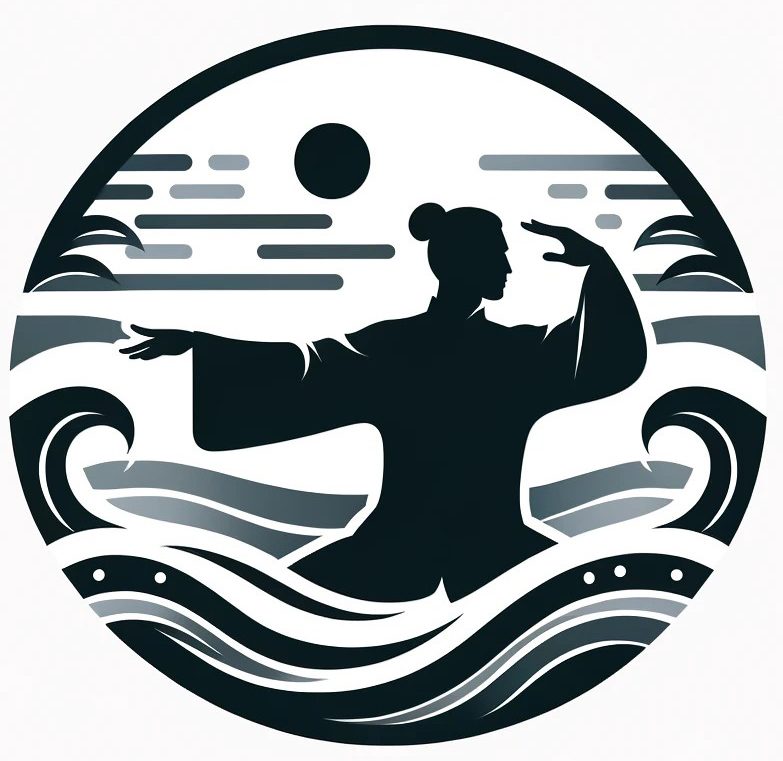Three Level Outline of Tai Chi Exercise
There are three levels, divided into Heaven, Earth, and Human. The Human level is for stretching muscles and promoting blood circulation. The Earth level is for opening and reaching flexibility. The Heaven level is for sensory functions. There are nine sub-levels, each main level containing three sub-levels, making it three levels with nine sub-levels in total: Human Level (three sub-levels): 1. Stretching from shoulder to wrist (First level): The method starts with stretching the wrist, followed by the elbow, and then the shoulder, using no force, progressing from softness, seeking straightness in the bend, forming a circle. 2. From the hip to the knee to the ankle (Second level): From hip to knee to ankle, all should be relaxed and soft, with strength centered in the arch of the foot, grounded, distinguishing between the solid and the void in feet and hands alike. 3. From the tailbone to the crown (Third level): This involves softening the waist as if boneless through flexible spinal muscles, focusing on keeping the tailbone centered and the head suspended.
